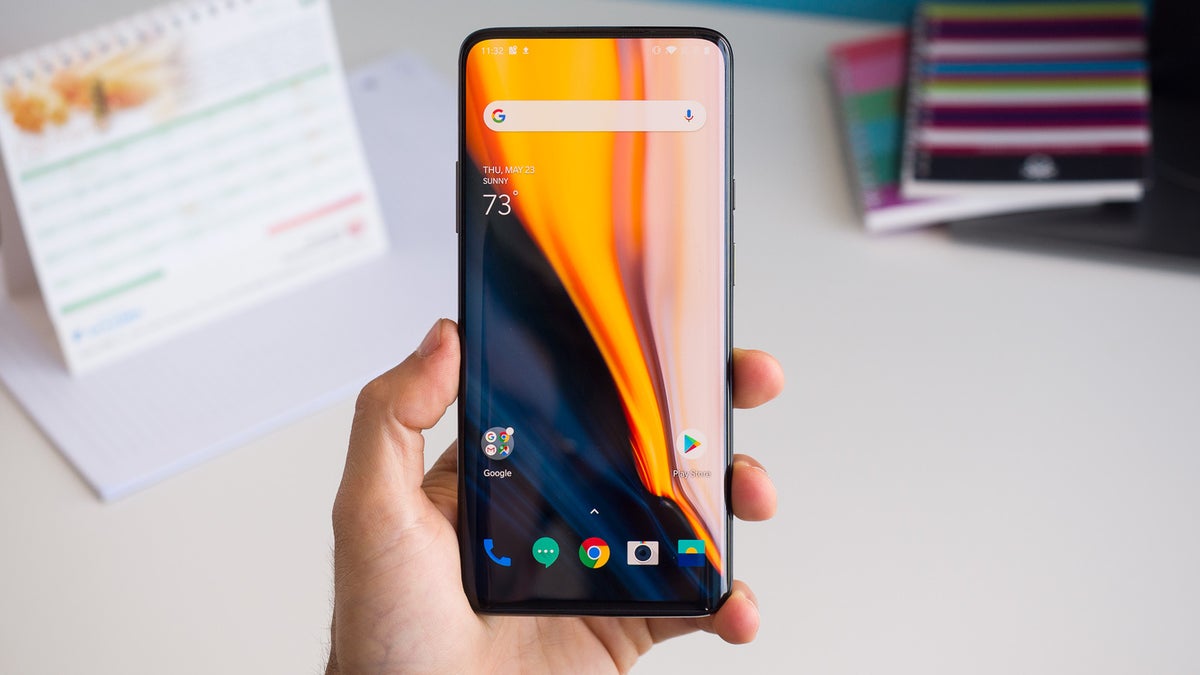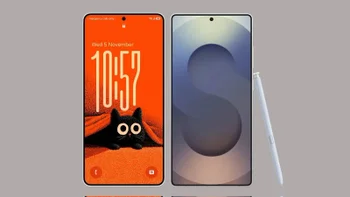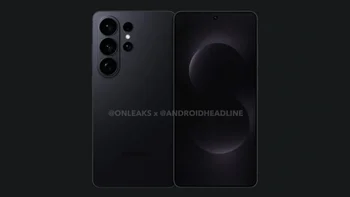90Hz vs 60Hz displays: do people actually see the difference?

When looking at the latest and best smartphones, it is easy to think that display technology can't get any better than this. Yet only next year, it does. A newer model comes along bringing a screen that's even sharper, clearer, or more color accurate than anything before it.
However, a better screen isn't only one with more pixels or higher brightness. Recently, we've been seeing smartphone makers pushing the boundaries of mobile screen technology by adopting screens with higher refresh rates – a specification that hasn't been getting much attention until now.
A display's refresh rate is the rate at which visual information on it is updated vertically. For most screens, that happens 60 times per second, hence at a rate of 60Hz. But the screens of some newer phones can go up to 90 or even 120Hz. This makes movement look smoother, as all of us here in the office can confirm, having seen the 90Hz display on the new OnePlus 7 Pro.
But here's the thing: we're tech journalists and enthusiasts. We live and breathe hardware; we pay attention to specs and know what they mean; we notice things that most normal people wouldn't. And for the past few days, I've been wondering: can normal people see the difference 90Hz makes without knowing about it?
Can ordinary people appreciate the extraordinary display on the OnePlus 7 Pro?
To us, the answer seems obvious. Anyone here at the office can clearly see that the OnePlus 7 Pro looks smoother at 90Hz. With normal people, however, things are quite different.
Several days ago, I took the OnePlus 6T (60Hz) and the OnePlus 7 Pro (set to 90Hz), then I showed the two phones side by side to 10 people outside of the PhoneArena office. After confirming that none of them were familiar with the 7 Pro, I asked them a simple question: "Do these two screens look different?" I let them play with the two for at least a few minutes while taking down notes on their reactions.
The answers to my question were mostly comments on qualities like contrast, colors, resolution, and sharpness. Surprisingly...
Only one person said that the transitions on the 90Hz OnePlus 7 Pro looked somehow smoother.
I wasn't happy with these results. Perhaps my approach was incorrect, and maybe the question I was asking was leading people to focusing on evaluating screen qualities I wasn't interested in. That's why for the second round of my testing, I showed only the OnePlus 7 Pro to the same 10 people, and to avoid distractions, I let them only scroll up and down in the Calendar app. After a minute or so, I asked them to turn around, switched the screen's refresh rate setting – without explaining what I was doing, of course – and let them scroll for another minute. The results were quite different this time around:
Five people confirmed they could see a difference in smoothness. The other five still couldn't see a difference between the 60Hz and the 90Hz setting.
So, can normal people see the difference between a 60Hz and a 90Hz display refresh rate setting? Unfortunately, it's hard to give a definite "yes" or "no" answer based on the mixed results from my quick experiment, especially since I didn't have two OnePlus 7 Pro units to show side by side. It looks like a higher refresh rate is something that people can see – but most don't notice it until you point it out to them. Perhaps they do perceive a difference in smoothness but can't consciously realize that this somehow has a subtle positive impact on their experience.
On the other hand, I am confident in saying that a screen with a high refresh rate is nice having, but it's clearly not that big of a deal to non-nerds. It's like making crème brûlée with vanilla bean instead of vanilla extract. Yes, you do get a higher-grade final product, but only some people would truly appreciate the effort – and we all know that anyone would clean the bowl with either recipe.
Follow us on Google News











Things that are NOT allowed:
To help keep our community safe and free from spam, we apply temporary limits to newly created accounts: